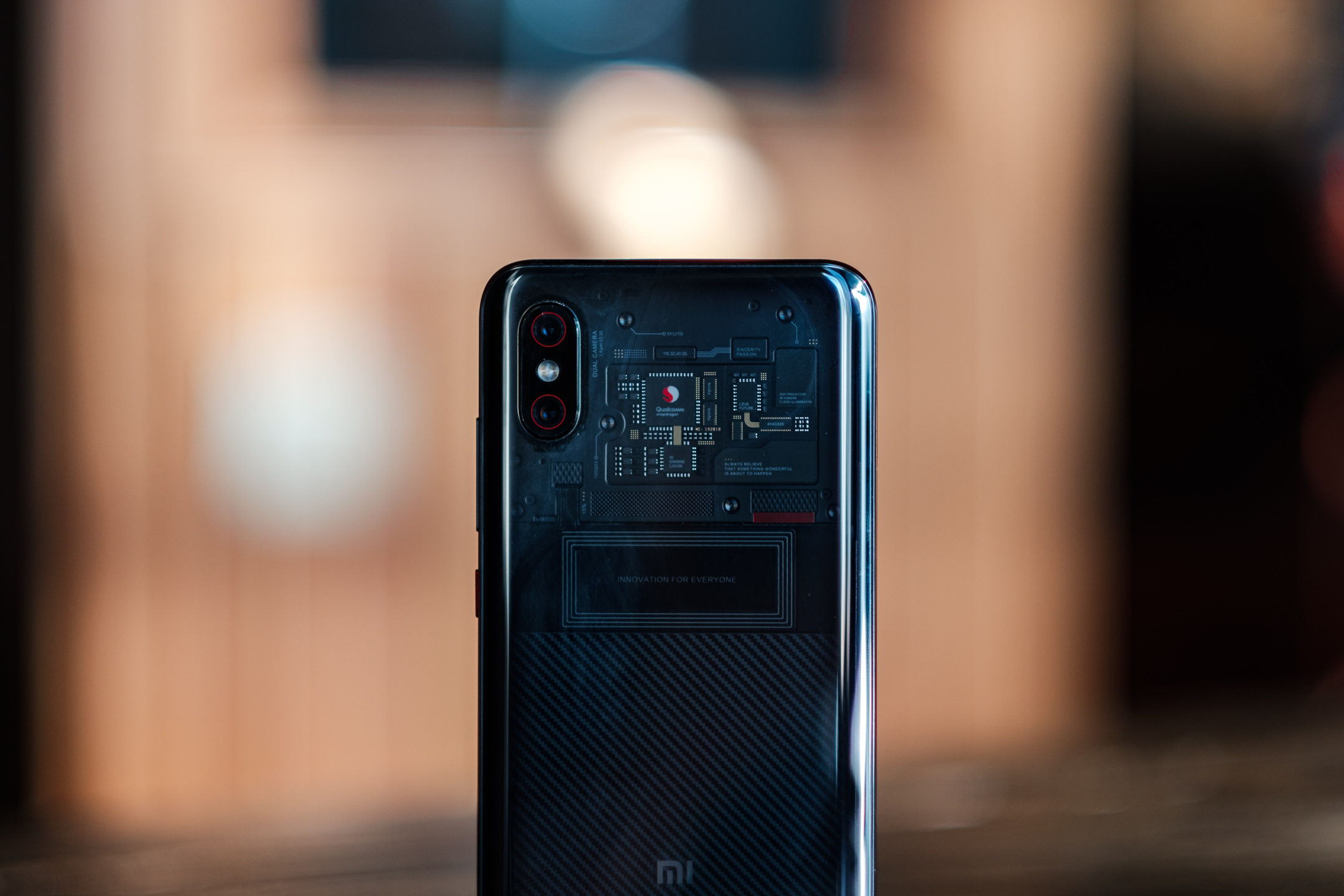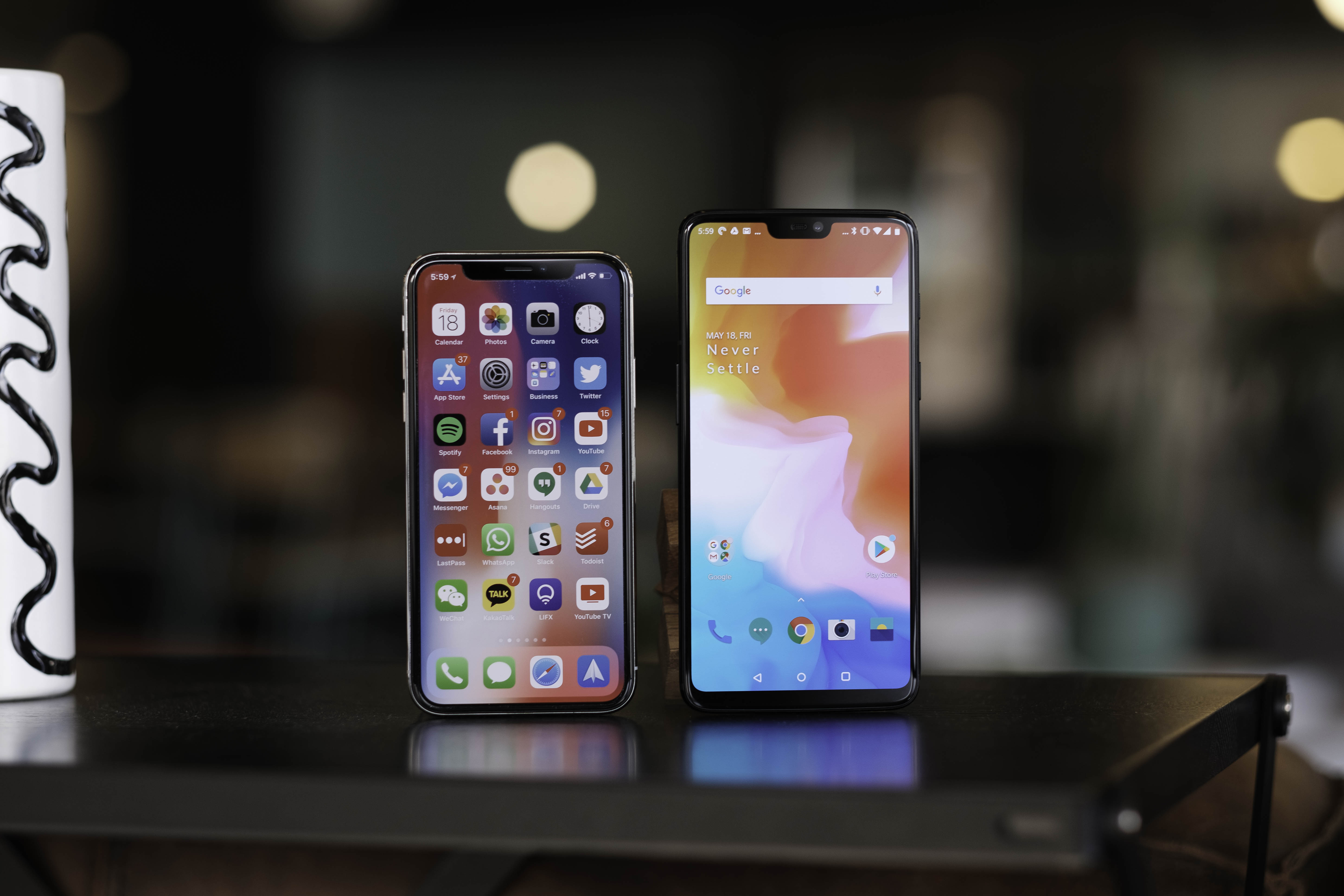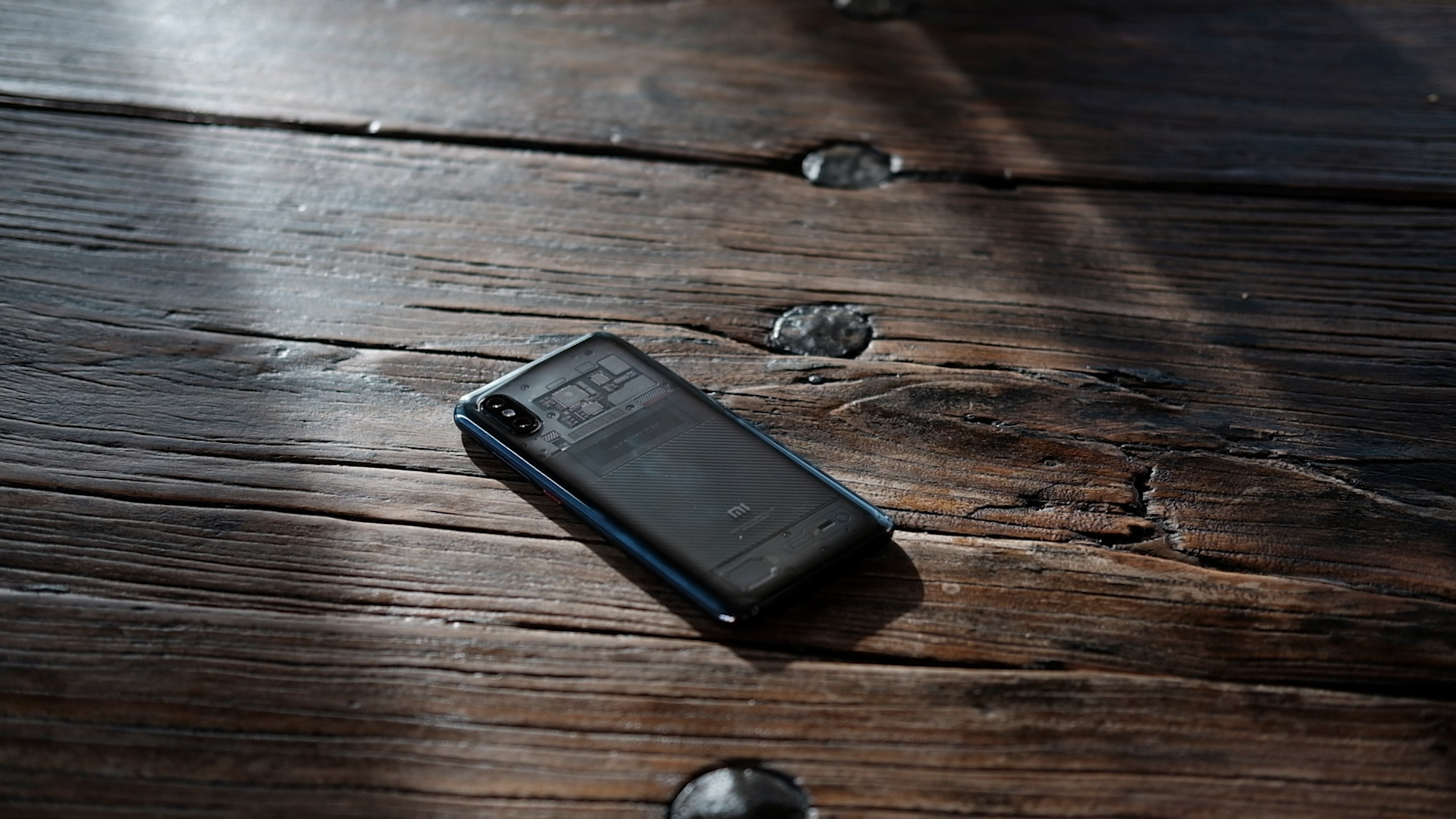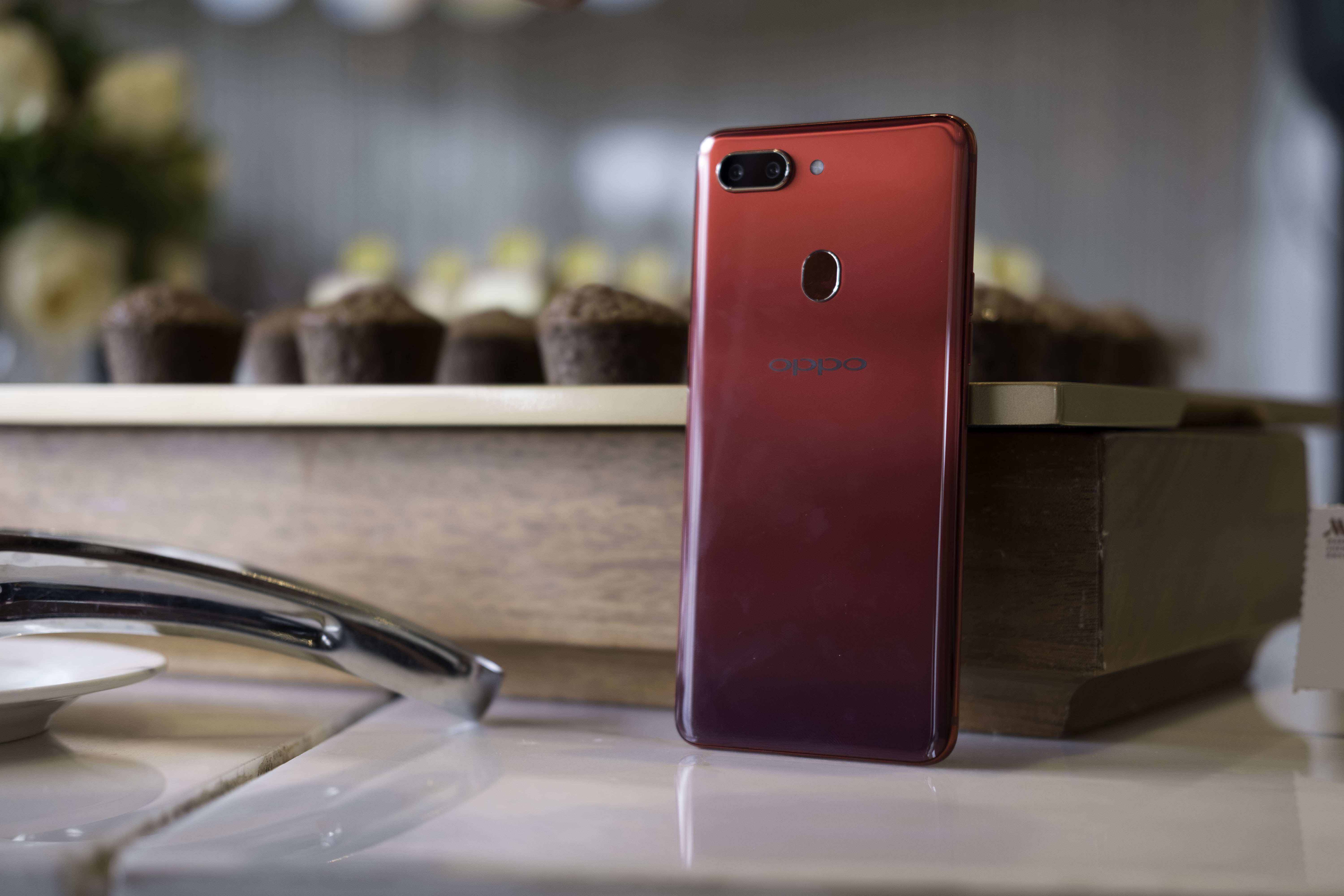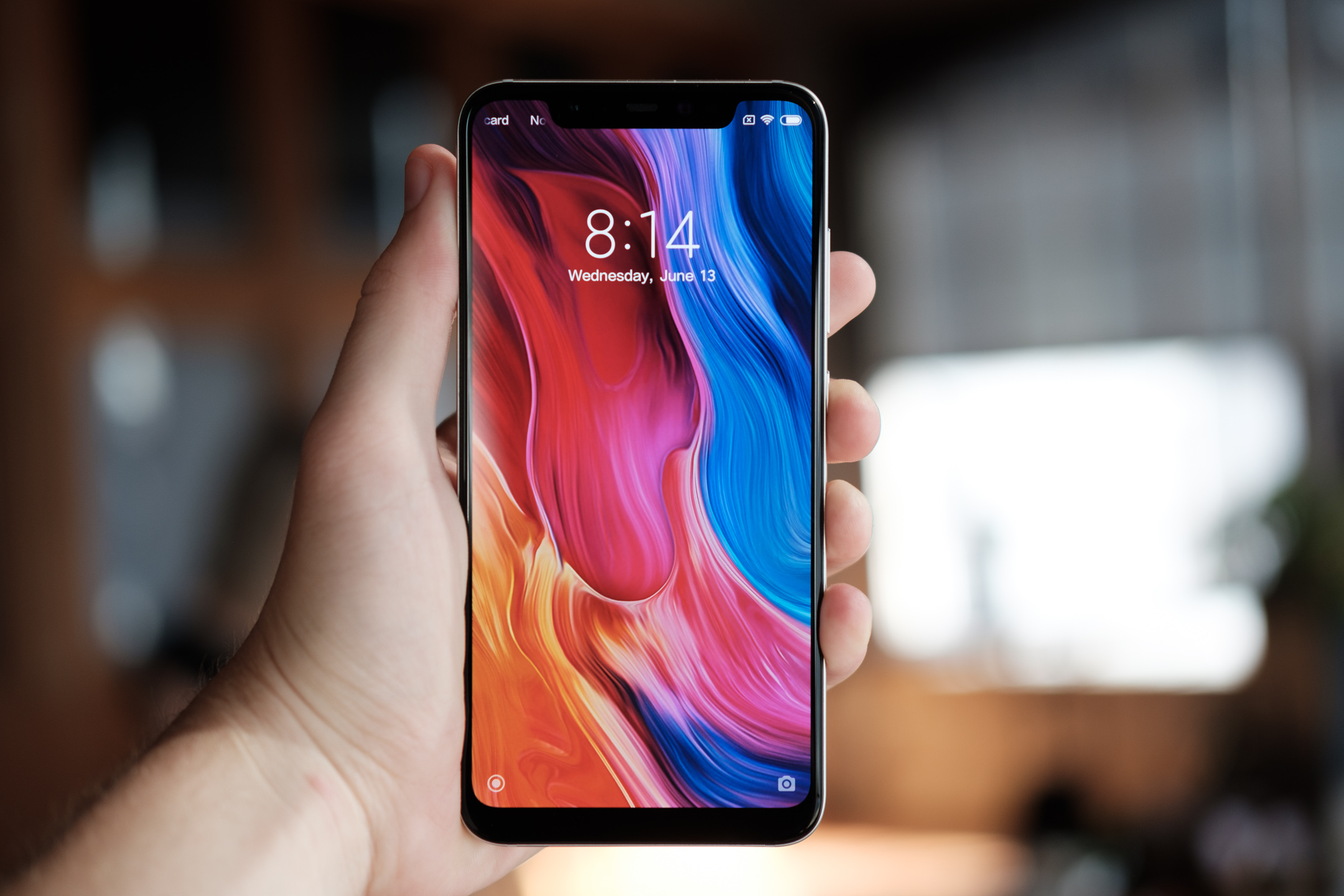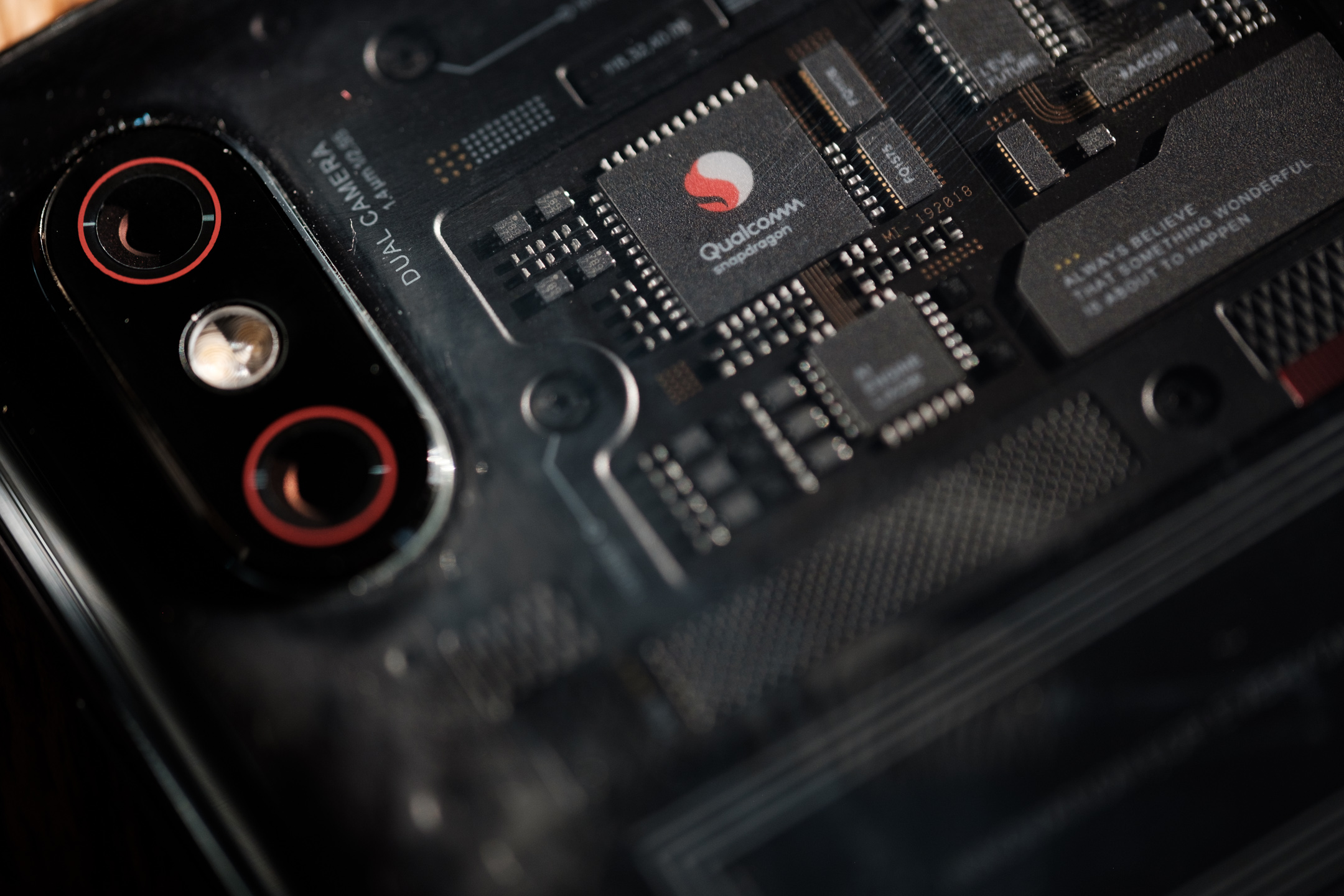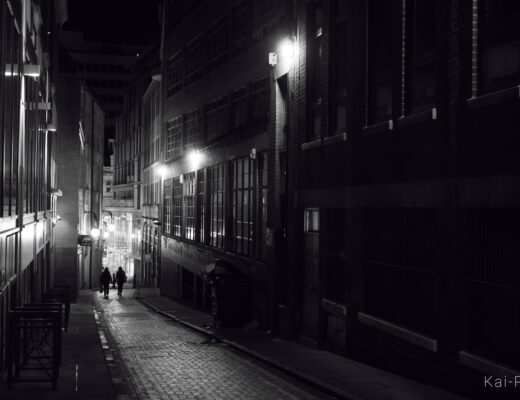The tech journo-sphere is a weird place. Because we’re all spec-addicted obsessives agonizing over the latest gadgets hitting the market, there tends to be a relative cohesiveness in our gear choices.
When the latest phone has a newer processor and more RAM than the last model, we buy it. New laptop with some new features but nothing groundbreaking? We use the excuse that we need to be “up to date” with the current trends. Heck, we all even use the same backpack.
The other piece of tech we all seem to share an opinion on is our camera.
In the technology YouTube space, you’ll likely find journalists using one of three cameras. The Panasonic GH5, the Sony A7Sii or, more recently, the Sony A7iii. All three of these options offer features you’re unable to find in pretty much any other portable camera on the market. Whether it’s the GH5’s 4k 60fps recording or 10-bit 4:2:2 codec, the A7Sii’s ability to essentially see in the dark, or the more recent A7iii’s incredible price-to-performance ratio, each of us finds a reason to own one of these cameras for a feature we “couldn’t live without”.
I was one of these people.
When Panasonic announced the GH5 at CES 2017, I was ready to pre-order. The sheer amount of “features” that camera offered at a mere $2,000 was absolutely incredible at the time, and my mind was buzzing with all the things I could do if I only had those capabilities.
While I waited for that early April release date, I did what any tech-obsessive would do. I watched every single video related to the camera. I read every blog post. I participated in every forum. But what did I feel when I ripped open the box when my camera finally arrived in early April? Basically nothing.
This camera was bulky. It felt like a DSLR. Changing ISO, aperture, and shutter speed felt like a chore. For some reason, I couldn’t really enjoy using this camera, with all its technically impressive capabilities.
Now, I know what you’re thinking – it’s the output that matters. While I agree in a sense, what is the point of documenting things if you don’t enjoy the process? As soon as your creative work feels like a chore, you’re going to start resenting it.
At this point I started looking elsewhere. I’d noticed a trend in some of my favorite photographers on Instagram, so I decided to look into what cameras they used. To my surprise, they were overwhelmingly Fuji.
After doing some obsessive research about Fujifilm and their color science, I decided to buy an X-T20. This was primarily for photography but I appreciated the camera’s ability to shoot great video as well. After using it for a couple weeks, I was totally and completely in love. Using dials to change settings was a game-changer for me, and made me start loving the process again. I started experimenting with using my X-T20 for videos, and while it needed a couple things like better battery life and a slightly bigger grip, I decided to sell my GH5.
I’ll spare you the rest of this story, but in short I swapped my X-T20 for an X-T2 and never went back. I’ve been using the X-T2 for just over a year now, and while it may not have all the bells and whistles companies like Panasonic and Sony can tout, I wanted to make the case as to why Fuji is a viable option for journalists.
Color Science
When documenting products, it’s important that you get the tones right. All cameras have different color science, so you have to tune your post-production to help keep the colors accurate, if not just a little exaggerated to make them look pretty.
Sony cameras tend to highlight oranges and blues, which are traditionally seen as being more cinematic. Canon generally produces warmer tones. Fuji tends to produce more muted colors with lots of contrast between the blacks and whites.
Classic Chrome is not only one of my favorite color profiles for photography, but it also makes an amazing profile for videography. Products look realistic and muted while still looking relatively cinematic, and it gives you the sense that this process was more about documenting the moment rather than making a movie.
Modifying the color of a video is also hard on your computer, and can slow down the process quite a bit. Export times are based on quite a number of factors, and getting the color close to perfect in-camera can help you push out a video as fast as possible. This is especially important at trade shows, when videos need to be published alongside articles and we are also publishing photos.
I can’t count the number of times I’ve decided I was perfectly fine with the color straight out of camera, and people nearly always comment positively on it. While LUTs are a viable option for getting the color you want, the ability to make little to no modifications can speed up the process by a measurable amount.
Handling
As I referenced earlier, it’s hard to keep doing your job every day if you don’t enjoy aspects of it. While one could easily turn on auto mode and shoot a bunch of angles with something like the GH5, I can get great pictures in a similar amount of time with the X-T2 in manual mode. Photography is a passion for me as well as a job, and being able to tune my images quickly while doing what I’m paid to do is amazing. I still bring my photos into Lightroom and adjust them from there, but I love having perfectly good JPEG files out of the gate.
This is similar for video. I need to switch angles rapidly to get enough video produced during a short briefing, and the ability to adjust the dials and aperture rings on the fly is indispensable to me. Making video now gives me much of the same joy as taking photos, and it’s hard for me to switch back to something more conventional.
Kaizen Updates
Fujifilm’s outlook on selling products is different than almost any other camera manufacturer. While Sony might introduce an entirely new camera body in order to add a single feature (See: Sony A6500), Fuji will update their products nearly two years later in order to add new features.
Fujifilm recently released the Firmware version 4.00 update for the X-T2 which added slow motion 120fps video at 1080p, better autofocus, focus bracketing, and more. The lack of slow-motion options on the X-T2 wasn’t a deal-breaker for me, but I did wish I had access to it for quicker and more cinematic b-roll. A company adding a huge feature like this nearly two years later is a huge reason to stay with the system, because it adds confidence to your decision and shows that the product will last a long time.
Fujifilm’s X-H1 was an extremely compelling option for me at launch, especially because of these same features. When Fujifilm announced they were porting these new features to the older camera, it not only saved me $2,000, but allowed me to keep a body which I much prefer to the X-H1. That camera was made to tempt more traditional DSLR shooters, and I chose mirrorless for a reason.
Lens Selection and Cost
Like I said earlier, most of the technology journalism industry operates on Sony cameras. While these bodies have gotten cheaper over time, their lens selection is still quite scarce and incredibly expensive. At multiple thousands of dollars for some of their signature lenses, it’s hard for someone on a journalist’s salary to buy the equipment they need. Fujifilm’s lineup is not only more affordable at around $1,000 for their best primes, but almost every lens they make is superb.
In fact, the $400 XF35mmF2 prime is one of my most used lenses for video. f/2 is a great aperture to easily get everything you need in focus, and the 50mm equivalent focal length is great for making a product look like a portrait. While I still do a ton of photo and video with my XF56mmF1.2 and XF80mmF2.8 macro, the 35mm is a great general-use lens.
I’m still a tech-nerd at heart, so I’ll randomly want to buy a lens on the fly. With Fuji, it won’t cost me an arm and a leg, and they have $100-$200 off sales fairly often. That 80mm macro I talked about earlier? I bought that on a whim, and it just so happened it was $150 off.
Wrap-Up
Fujifilm isn’t a popular manufacturer in the tech journo-sphere for a reason. They don’t have 4k 60fps video. They don’t have 10-bit 4:2:2 recording. What they do have is beautiful color science and an experience that will make you love using your camera again.
There isn’t a perfect camera and there will always be trade-offs. When you choose what manufacturer to go with, you need to decide what’s important to you, and for me it’s all about the experience.

